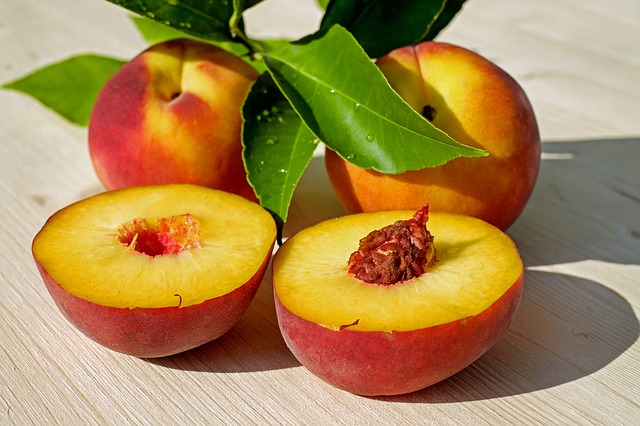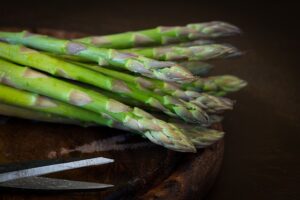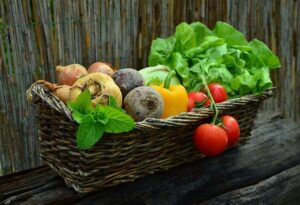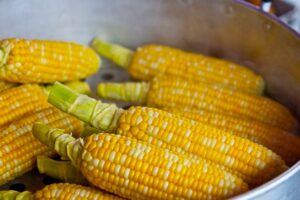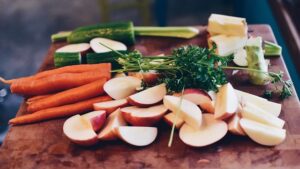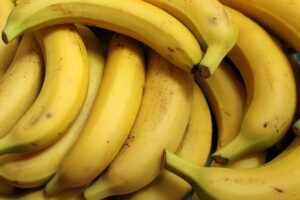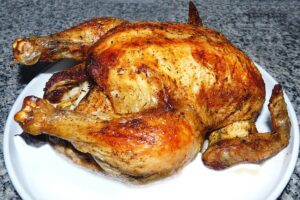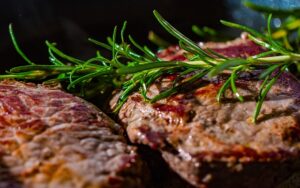Introduction
When it comes to plant-based protein sources, rice and beans are often considered a classic combination. Both rice and beans are staple foods in many cultures around the world, but how much protein do they actually contain? In this article, we will dive deeper into the protein content of rice and beans to understand their nutritional value and how they can contribute to a balanced diet.
Protein Content in Rice
Rice is a widely consumed grain that serves as a primary food source for a large portion of the global population. While rice is not typically known for its high protein content, it still contributes to our daily protein intake. The protein content in rice varies depending on the type of rice.
White rice, which is the most commonly consumed variety, contains approximately 2-3 grams of protein per 100 grams. Brown rice, on the other hand, is a whole grain that retains its bran and germ layers, making it a more nutritious option. Brown rice contains around 7-8 grams of protein per 100 grams, which is significantly higher than white rice.
It’s important to note that while rice does contain protein, it is considered an incomplete protein source as it lacks certain essential amino acids. Therefore, it is often recommended to combine rice with other protein sources to ensure a complete amino acid profile in the diet.
Protein Content in Beans
Beans, including varieties like black beans, kidney beans, and chickpeas, are excellent sources of plant-based protein. They are also rich in fiber, vitamins, and minerals, making them a nutritious addition to any diet.
The protein content in beans varies depending on the type and preparation method. On average, cooked beans contain around 7-9 grams of protein per 100 grams. However, some varieties, such as soybeans, can contain even higher amounts of protein, with approximately 13-16 grams per 100 grams.
Beans are considered a complete protein source as they contain all essential amino acids necessary for our body’s functions. They are particularly rich in lysine, an amino acid that is often limited in other plant-based protein sources.
Combining Rice and Beans for Protein
While both rice and beans individually contribute to our protein intake, they can be even more beneficial when combined. This classic combination is known as a complementary protein, where the amino acid profile of one food complements the other, resulting in a complete protein source.
By combining rice and beans, we can create a balanced meal that provides all essential amino acids. This makes it an excellent option for individuals following a vegetarian or vegan diet, as it helps meet their protein needs without relying on animal-based protein sources.
Conclusion
Rice and beans, when consumed together, provide a valuable source of plant-based protein. While rice may not have high protein content on its own, it can be complemented by the protein-rich beans to create a complete amino acid profile. This combination is not only nutritious but also versatile and enjoyed in various cuisines worldwide.
Including rice and beans in your diet can be a great way to incorporate plant-based protein into your meals. Whether you choose white or brown rice and different varieties of beans, you can enjoy the benefits of these nutritious foods while meeting your protein needs.
References
– USDA FoodData Central: fdc.nal.usda.gov
– Harvard T.H. Chan School of Public Health: hsph.harvard.edu
– Academy of Nutrition and Dietetics: eatright.org

